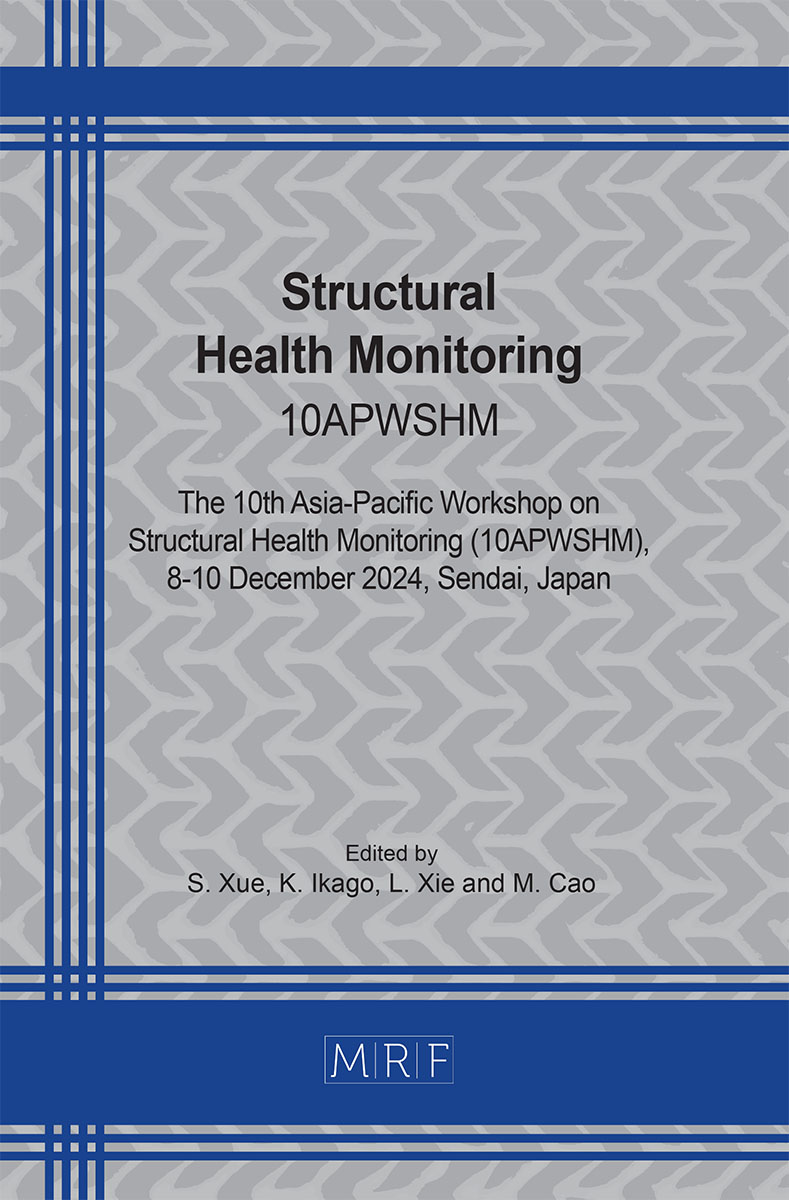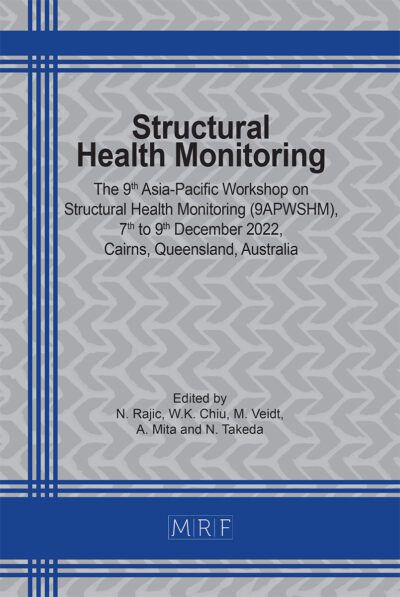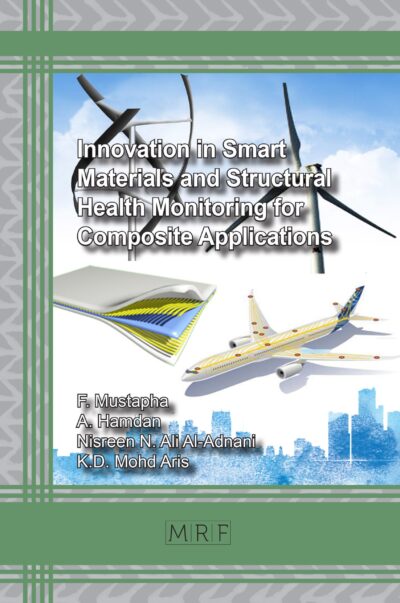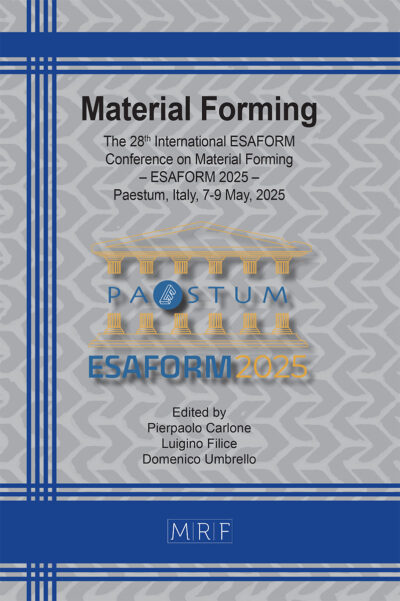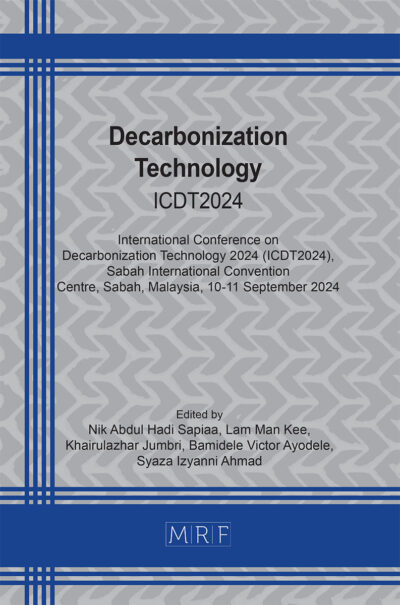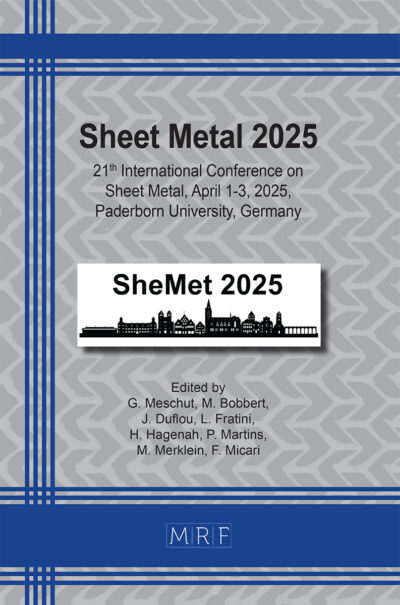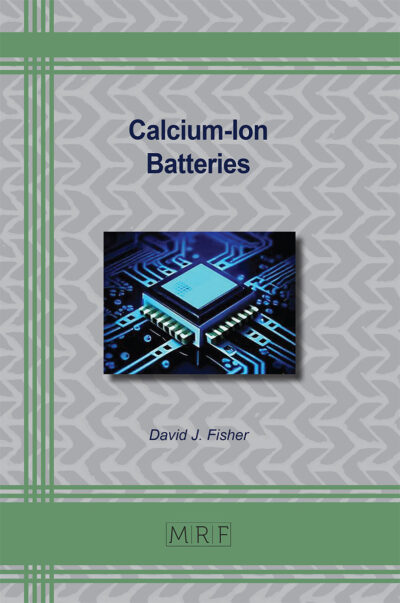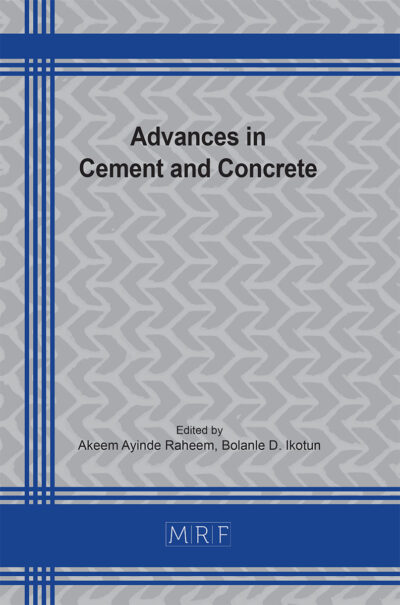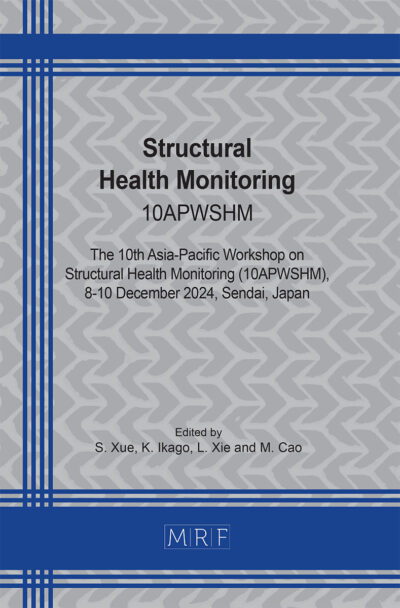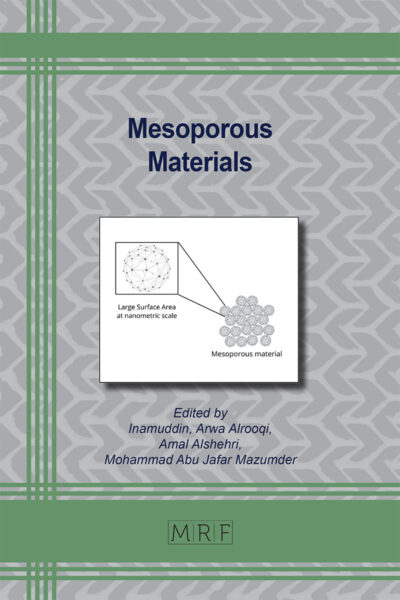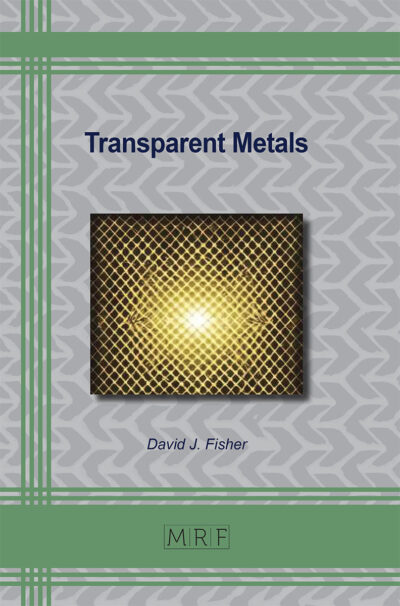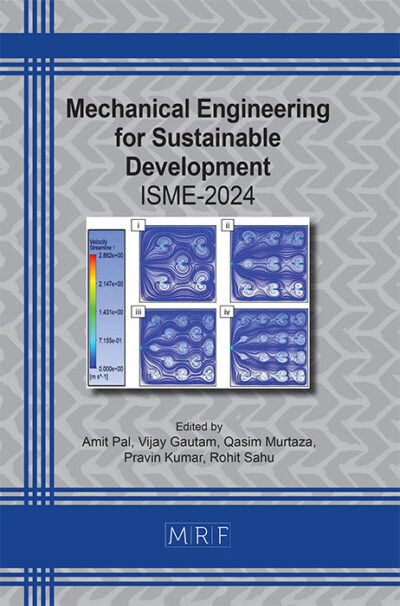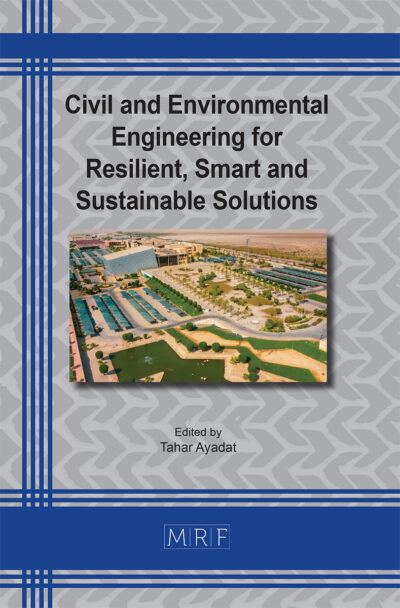Zero group velocity mode enhanced electro-mechanical impedance spectroscopy and nonlinear ultrasonics
Runye Lu, Yanfeng Shen
Abstract. The zero group velocity (ZGV) mode possesses the distinctive attribute of an elapsed group velocity with a finite wavenumber, indicating a spatially propagating wave under a motionless package. This stationary mode engenders a localized resonance, confining the wave energy in the vicinity of actuation. Researchers have utilized ZGV modes for structural health monitoring (SHM) scenarios mostly in transient analysis and linear ultrasonic regime. Nevertheless, it remains an uncharted frontier that how ZGV mode, especially via its peculiar characteristics, can empower SHM methodologies regarding harmonics analysis and nonlinear ultrasonics. Therefore, this paper, on one hand, explores the trembling feature of ZGV resonances in steady-state electro-mechanical impedance spectroscopy (EMIS) and utilizes it for structural sensing. On the other hand, this paper leverage nonlinear generation of ZGV modes to amplify the higher harmonics signal to enhance conventional nonlinear ultrasonic methodology. This paper culminates in summary, concluding remarks, and suggestions for future work.
Keywords
Structural Health Monitoring, Electro-Mechanical Impedance Spectroscopy, Zero Group Velocity Mode, Local Resonances, Nonlinear Ultrasonics
Published online 3/25/2025, 8 pages
Copyright © 2025 by the author(s)
Published under license by Materials Research Forum LLC., Millersville PA, USA
Citation: Runye Lu, Yanfeng Shen, Zero group velocity mode enhanced electro-mechanical impedance spectroscopy and nonlinear ultrasonics, Materials Research Proceedings, Vol. 50, pp 133-140, 2025
DOI: https://doi.org/10.21741/9781644903513-16
The article was published as article 16 of the book Structural Health Monitoring
![]() Content from this work may be used under the terms of the Creative Commons Attribution 3.0 license. Any further distribution of this work must maintain attribution to the author(s) and the title of the work, journal citation and DOI.
Content from this work may be used under the terms of the Creative Commons Attribution 3.0 license. Any further distribution of this work must maintain attribution to the author(s) and the title of the work, journal citation and DOI.
References
[1] C. Prada, D. Clorennec, and D. Royer, “Local vibration of an elastic plate and zero-group velocity Lamb modes,” J Acoust Soc Am, vol. 124, no. 1, pp. 203-12, Jul 2008. https://doi.org/10.1121/1.2918543
[2] S. D. Holland and D. E. Chimenti, “Air-coupled acoustic imaging with zero-group-velocity Lamb modes,” Applied Physics Letters, vol. 83, no. 13, pp. 2704-2706, 2003. https://doi.org/10.1063/1.1613046
[3] C. Prada, O. Balogun, and T. W. Murray, “Laser-based ultrasonic generation and detection of zero-group velocity Lamb waves in thin plates,” Applied Physics Letters, vol. 87, p. 194109, November 01, 2005 2005. https://doi.org/10.1063/1.2128063
[4] C. Prada, O. Balogun, and T. W. Murray, “Laser-based ultrasonic generation and detection of zero-group velocity Lamb waves in thin plates,” Applied Physics Letters, vol. 87, no. 19, p. 194109, 2005. https://doi.org/10.1063/1.2128063
[5] D. Clorennec, C. Prada, and D. Royer, “Laser ultrasonic inspection of plates using zero-group velocity lamb modes,” IEEE Transactions on Ultrasonics, Ferroelectrics, and Frequency Control, vol. 57, no. 5, pp. 1125-1132, 2010. https://doi.org/10.1109/TUFFC.2010.1523
[6] C. M. Grunsteidl, I. A. Veres, and T. W. Murray, “Experimental and numerical study of the excitability of zero group velocity Lamb waves by laser-ultrasound,” J Acoust Soc Am, vol. 138, no. 1, pp. 242-50, Jul 2015. https://doi.org/10.1121/1.4922701
[7] O. Tofeldt and N. Ryden, “Zero-group velocity modes in plates with continuous material variation through the thickness,” J Acoust Soc Am, vol. 141, no. 5, p. 3302, May 2017. https://doi.org/10.1121/1.4983296
[8] G. Yan, S. Raetz, N. Chigarev, V. E. Gusev, and V. Tournat, “Characterization of Progressive Fatigue Damage in Solid Plates by Laser Ultrasonic Monitoring of Zero-Group-Velocity Lamb Modes,” Physical Review Applied, vol. 9, no. 6, 2018. https://doi.org/10.1103/PhysRevApplied.9.061001
[9] V. Yantchev, L. Arapan, I. Katardjiev, and V. Plessky, “Thin-film zero-group-velocity Lamb wave resonator,” Applied Physics Letters, vol. 99, no. 3, 2011. https://doi.org/10.1063/1.3614559
[10] J. Laurent, D. Royer, T. Hussain, F. Ahmad, and C. Prada, “Laser induced zero-group velocity resonances in transversely isotropic cylinder,” J Acoust Soc Am, vol. 137, no. 6, pp. 3325-34, Jun 2015. https://doi.org/10.1121/1.4921608
[11] M. Ces, D. Royer, and C. Prada, “Characterization of mechanical properties of a hollow cylinder with zero group velocity Lamb modes,” J Acoust Soc Am, vol. 132, no. 1, pp. 180-5, Jul 2012. https://doi.org/10.1121/1.4726033
[12] J. Laurent, D. Royer, and C. Prada, “In-plane backward and zero group velocity guided modes in rigid and soft strips,” J Acoust Soc Am, vol. 147, no. 2, p. 1302, Feb 2020. https://doi.org/10.1121/10.0000760
[13] Y.-T. Tsai and J. Zhu, “Simulation and Experiments of Airborne Zero-Group-Velocity Lamb Waves in Concrete Plate,” Journal of Nondestructive Evaluation, vol. 31, no. 4, pp. 373-382, 2012/12/01 2012. https://doi.org/10.1007/s10921-012-0148-6
[14] J. Spytek, A. Ziaja-Sujdak, K. Dziedziech, L. Pieczonka, I. Pelivanov, and L. Ambrozinski, “Evaluation of disbonds at various interfaces of adhesively bonded aluminum plates using all-optical excitation and detection of zero-group velocity Lamb waves,” NDT & E International, vol. 112, 2020. https://doi.org/10.1016/j.ndteint.2020.102249
[15] Q. Liu et al., “Advancing measurement of zero-group-velocity Lamb waves using PVDF-TrFE transducers: first data and application to in situ health monitoring of multilayer bonded structures,” Structural Health Monitoring, 2022. https://doi.org/10.1177/14759217221126812
[16] X. Meng, M. Deng, and W. Li, “Validation of zero-group-velocity feature guided waves in a welded joint,” Ultrasonics, vol. 136, p. 107173, Jan 2024. https://doi.org/10.1016/j.ultras.2023.107173
[17] Y. Wu, R. Cui, K. Zhang, X. Zhu, and J. S. Popovics, “On the existence of zero-group velocity modes in free rails: Modeling and experiments,” NDT & E International, vol. 132, 2022. https://doi.org/10.1016/j.ndteint.2022.102727
[18] B. Ji, R. R. Mehdi, G.-W. Jang, and S. H. Cho, “Determination of third-order elastic constants using change of cross-sectional resonance frequencies by acoustoelastic effect,” Journal of Applied Physics, vol. 130, no. 23, p. 235105, 2021. https://doi.org/10.1063/5.0069579
[19] C. Grunsteidl, T. W. Murray, T. Berer, and I. A. Veres, “Inverse characterization of plates using zero group velocity Lamb modes,” Ultrasonics, vol. 65, pp. 1-4, Feb 2016. https://doi.org/10.1016/j.ultras.2015.10.015
[20] D. Clorennec, C. Prada, and D. Royer, “Local and noncontact measurements of bulk acoustic wave velocities in thin isotropic plates and shells using zero group velocity Lamb modes,” Journal of Applied Physics, vol. 101, no. 3, p. 034908, 2007. https://doi.org/10.1063/1.2434824
[21] P. Mora, M. Chekroun, S. Raetz, and V. Tournat, “Nonlinear generation of a zero group velocity mode in an elastic plate by non-collinear mixing,” Ultrasonics, vol. 119, p. 106589, Feb 2022. https://doi.org/10.1016/j.ultras.2021.106589
[22] W. Li, C. Zhang, and M. Deng, “Modeling and simulation of zero-group velocity combined harmonic generated by guided waves mixing,” Ultrasonics, vol. 132, p. 106996, Jul 2023. https://doi.org/10.1016/j.ultras.2023.106996

